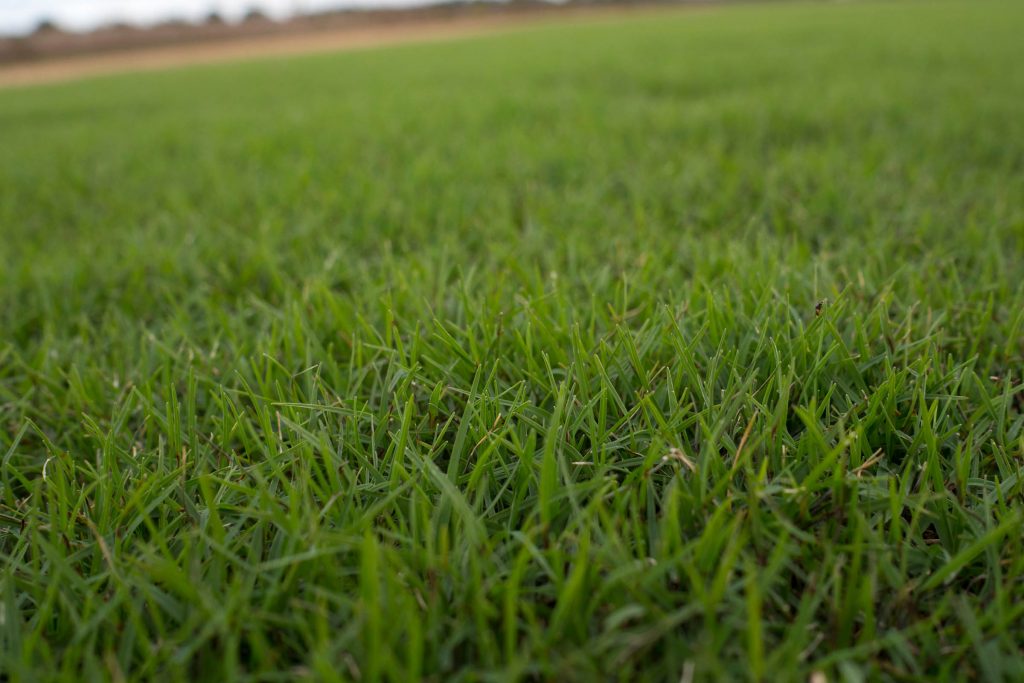
Mark Johnson, Oklahoma State University Extension Beef Cattle Breeding Specialist, offers herd health advice as part of the weekly series known as the “Cow Calf Corner,” published electronically by Dr. Derrell Peel, Johnson, and Paul Beck. Today, Johnson discusses the relationship of bermudagrass yield to nitrogen fertilization.
Bermudagrass, an introduced forage, is very important to Oklahoma cow-calf operations. Bermudagrass has some highly beneficial characteristics. Yield, persistence, nutritional value, timing of growth and production, tolerance to heavy grazing, responsiveness to fertilization and resistance to herbicides. A key benefit of Bermudagrass is the potential to support higher stocking rates than native range. When properly managed (for weed control and fertilization) and in response to adequate rain, Bermudagrass has the potential to be highly productive. On the downside, Bermudagrass requires these inputs on an annual basis in order to achieve maximum productivity. The chart below shows the linear response of bermudagrass production relative to Nitrogen applied.
Relationship of Bermudagrass Yield to Nitrogen Fertilization

This chart can be used for forage budgeting to manage fertilizer inputs to meet target goals for production. With recent ample rainfall across much of Oklahoma, timely application of fertilizer is critical to capitalize on the production potential of Bermudagrass pastures to achieve the production levels needed.
Reference: Chapter 11, OSU Beef Cattle Manual. Seventh Edition. E-913. Oklahoma Cooperative Extension Service.

















